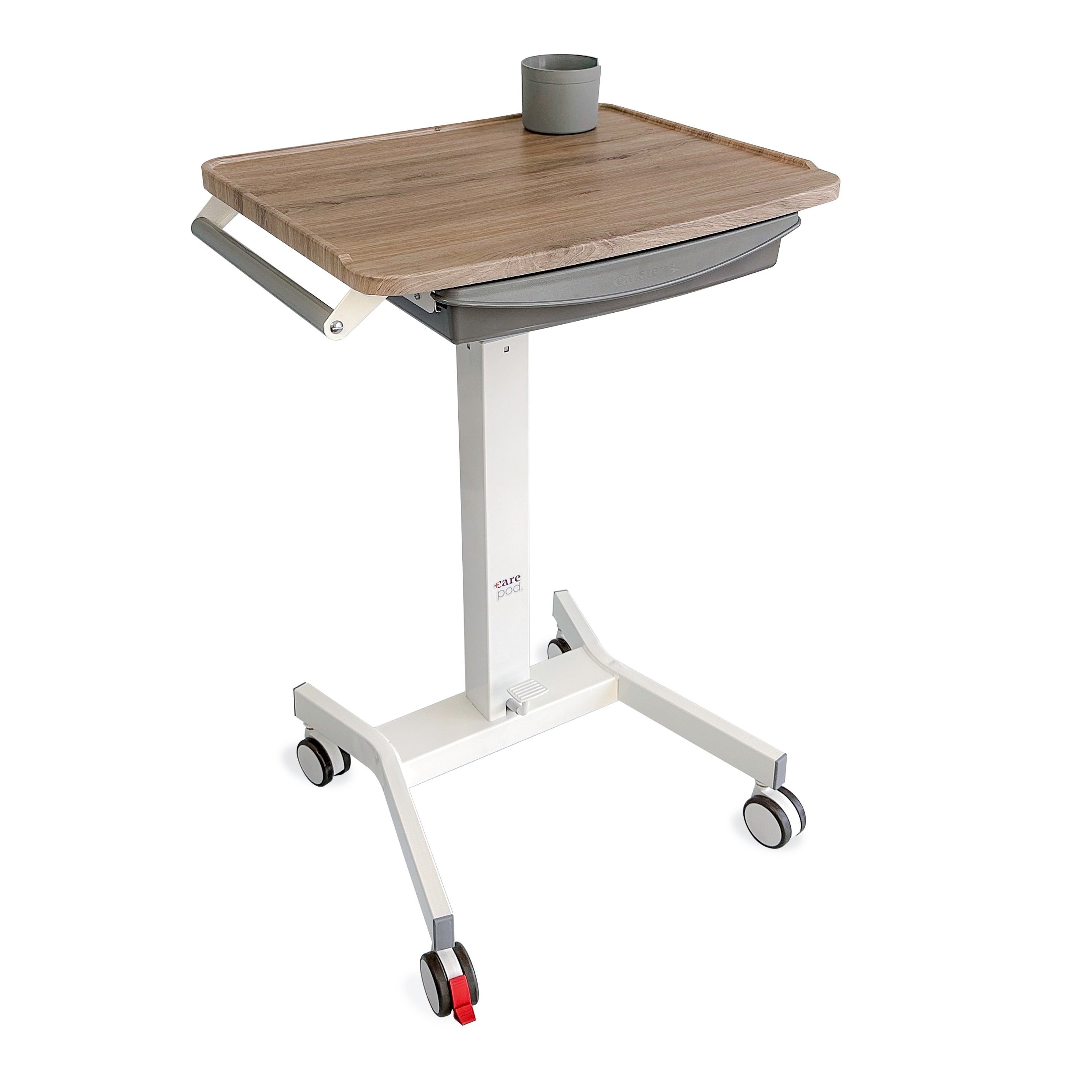One simple yet highly effective tool that can streamline processes and improve patient outcomes is color-coding patient charts. By organizing information visually and systematically, health-care providers can quickly and easily access vital patient data, reduce errors, and enhance communication among staff members. Here are five key benefits of implementing a color-coding system for patient charts.
1. Improved Organization
Organization is key when working in a professional medical setting. Color-coding unfurls a visual roadmap through the depths of patient information. When time is of the essence, the quick identification of charts classified by color can greatly enhance the clarity and speed of retrieval.
2. Reduced Errors
Precision in health care is non-negotiable. By associating colors with categories of information, the likelihood of errors in treatment plans and prescriptions decreases. You can color-code alerts for allergies, types of medications, or food regimens. These visual cues can safeguard against potentially life-threatening mistakes.
3. Enhanced Communication
The sharing of information among health-care team members is pivotal. Color-coding your patient charts bridges the gap. A cohesive color system can rapidly convey important trends or issues with a patient’s health. This seamless communication is vital in crisis management and overall team intelligence.
4. Streamlined Workflow
Every minute saved in retrieving or sharing information is a victory in the relentless race to provide timely and efficient patient care. Color coding, when paired with the use of medical ring binders, significantly cuts down the time allocated for chart handling. This means more time devoted to what’s crucial—treating and caring for the patient.
5. Improved Patient Care
Ultimately, patient care underpins every operational decision in a medical facility. By reducing the time spent searching and deciphering patient charts, health-care professionals can divert their focus back to the patient. The ripple effect is enhanced patient safety and experience, demonstrating the impact of a well-structured patient record system.
The benefits of color-coding patient charts are real-world tools for elevating standards of safety in health care. It’s time to make color an integral part of your practice’s medical record system. Whether it’s a condition-specific approach, a chronological system, or any other module, color-coding with medical ring binders is a versatile and logical move that can redefine patient chart management.






